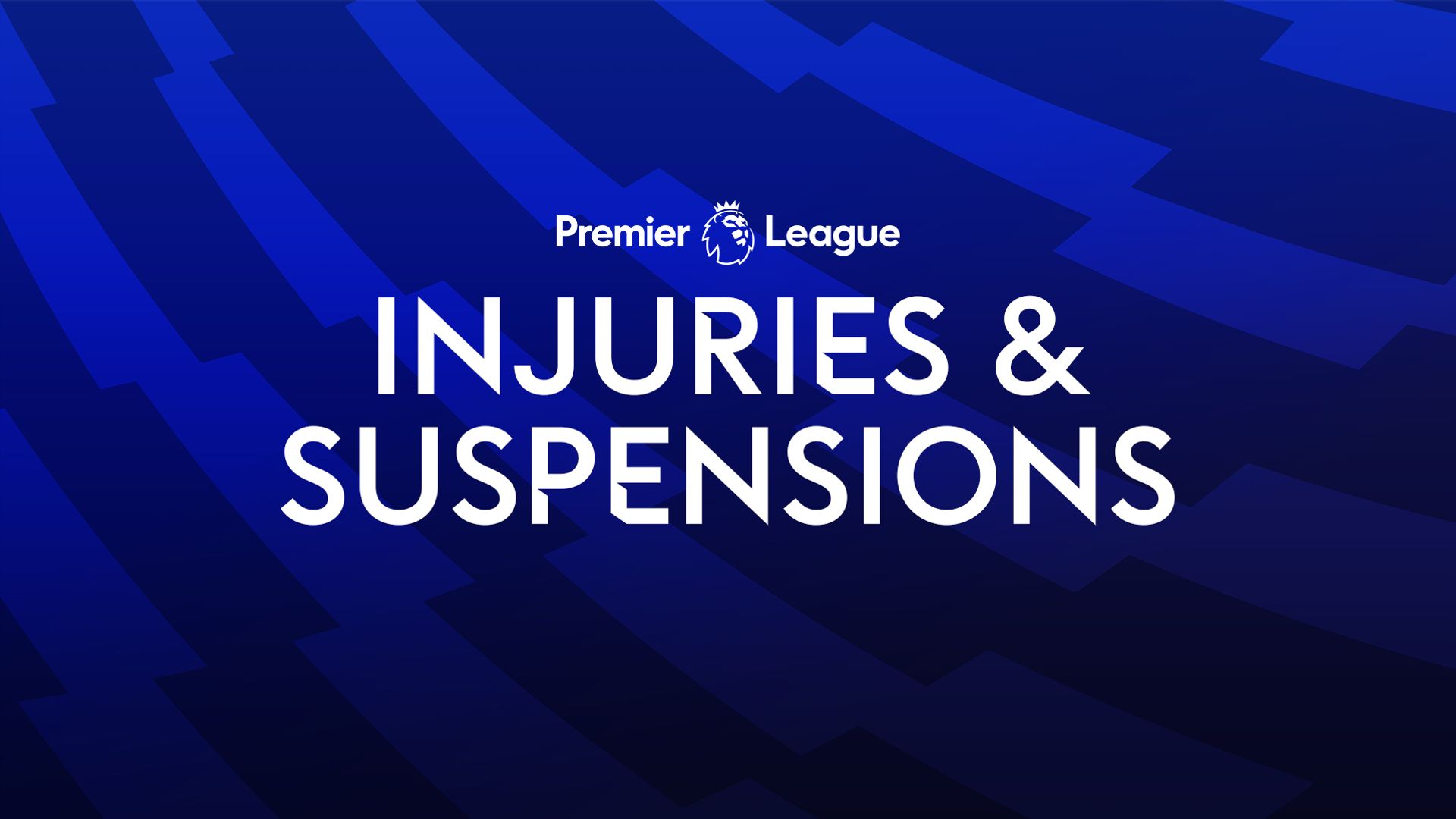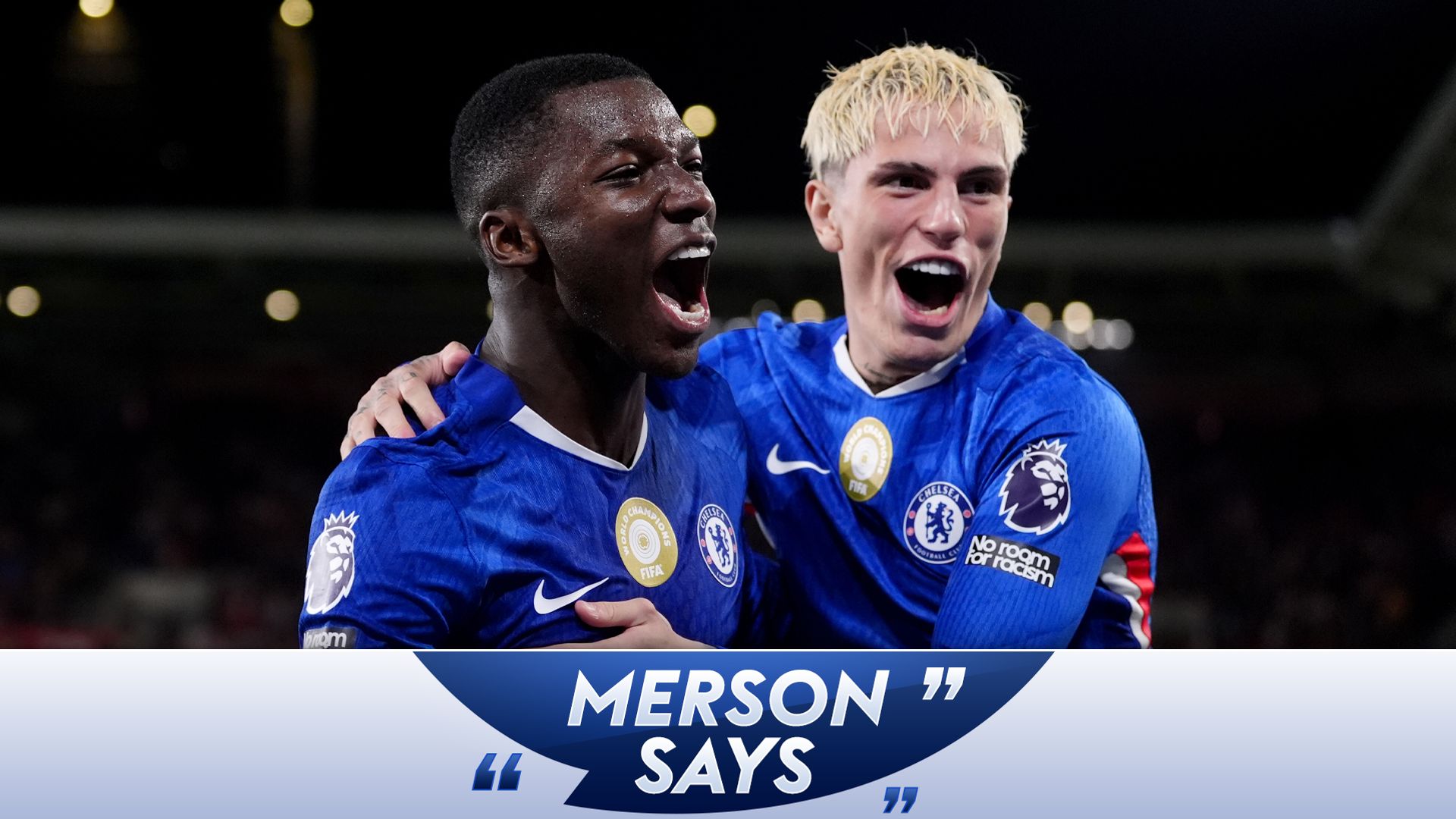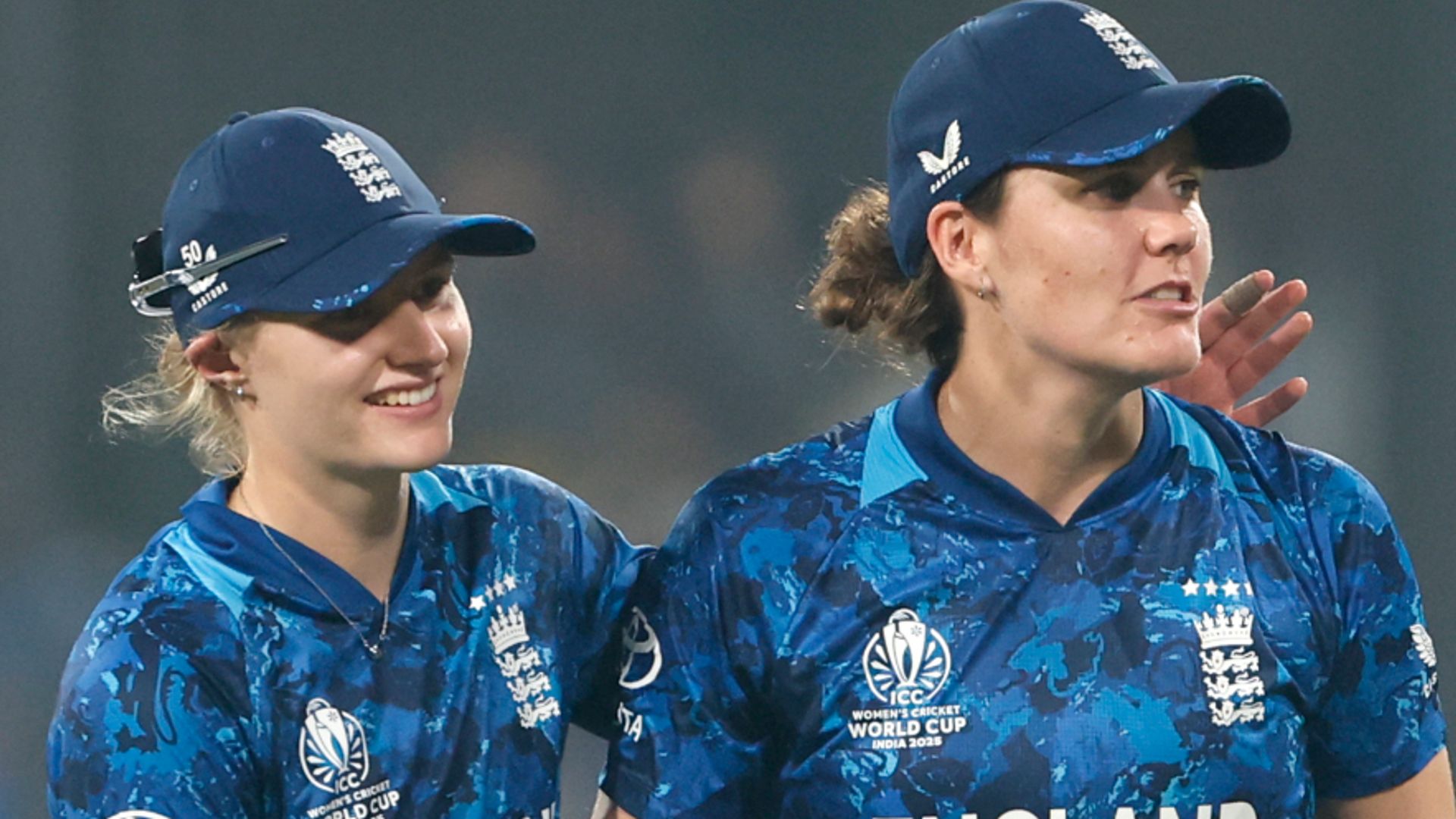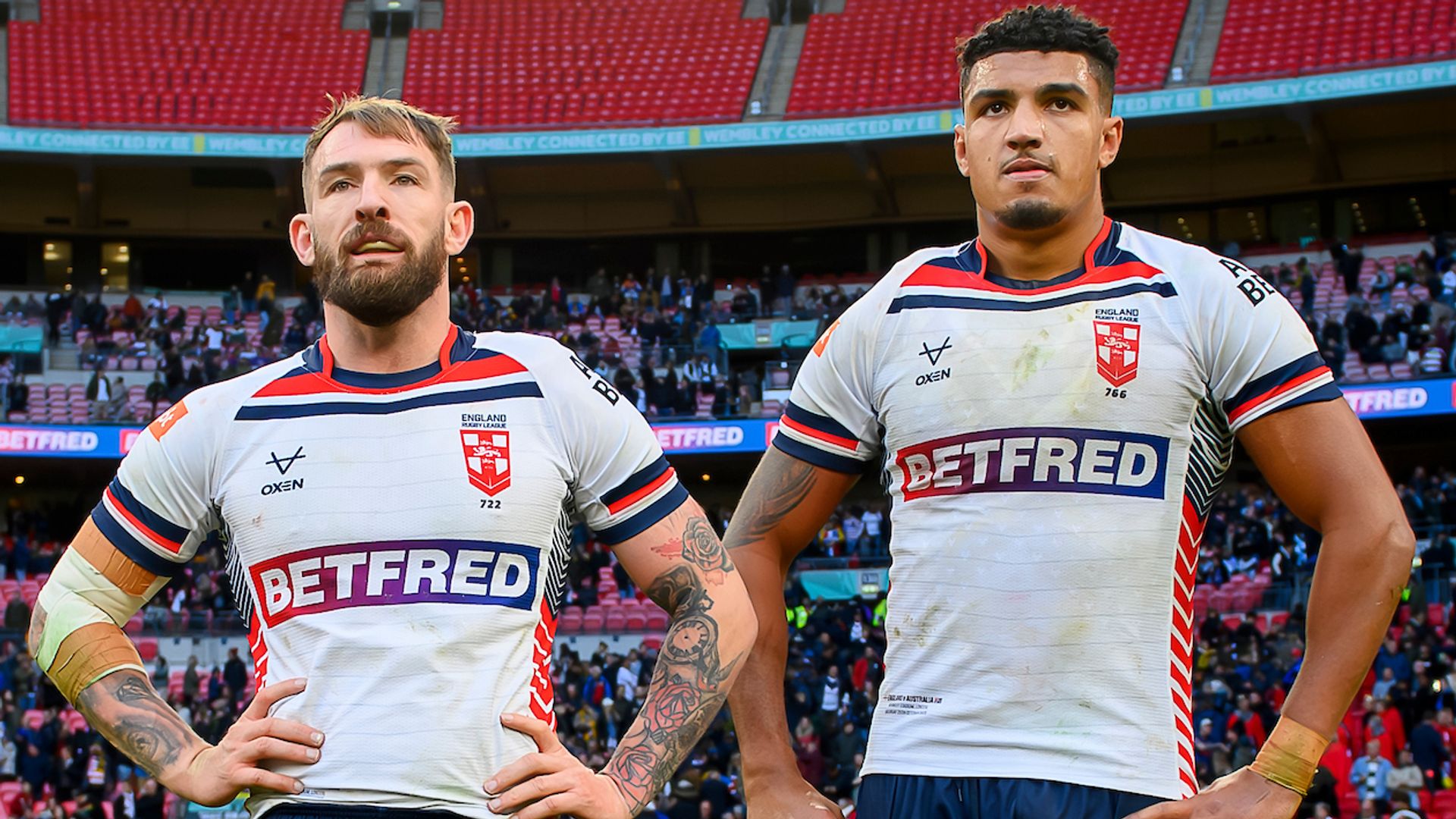The Premier League’s Injury Crisis: A Modern-Day Exodus, Reflecting the Biblical Plagues of Our Time in a League of Suffering and Sacrifice
In the high-stakes world of the Premier League, where fortunes are made and lost with every match, the issue of player injuries and suspensions has reached a critical juncture. This season, clubs are grappling with a wave of injuries that has left managers scrambling to field competitive teams. The ramifications extend beyond the pitch; they shape the narratives around clubs, influence betting markets, and alter fan expectations.
The current injury crisis can be likened to a modern-day exodus, reminiscent of historical events where communities faced overwhelming adversity. Just as ancient texts recount the struggles of people under the weight of plagues, the Premier League is witnessing its own version of a calamity, with key players sidelined and clubs forced to adapt in ways that challenge their very identities.
Injuries in football are not a new phenomenon. However, the scale and impact of injuries this season have sparked debates about player welfare, training regimens, and the relentless demands of modern football. With the packed fixture schedules and the pressures of international duty, players are pushed to their limits, raising questions about the sustainability of such a grueling environment.
As of now, several high-profile players are grappling with injuries that could sideline them for weeks, if not months. Clubs like Manchester United, Liverpool, and Arsenal are particularly affected, with key figures missing from their lineups. The loss of a star player can shift the balance of power in the league, affecting not only individual matches but also the broader title race.
The debate surrounding injuries often intersects with discussions about the medical and training staff’s role within clubs. Are they equipped to handle the physical demands placed on players? Have clubs invested enough in sports science and medical technology to prevent injuries before they occur? This scrutiny has intensified as fans and pundits alike demand accountability from club management.
Suspensions add another layer of complexity to the injury crisis. Players find themselves sidelined not only due to physical ailments but also because of disciplinary actions. The Premier League’s strict regulations around conduct on and off the pitch mean that a single reckless challenge can lead to a significant absence, impacting team dynamics and strategies.
The psychological effects of injuries and suspensions cannot be overlooked. Players often face immense pressure to return to form quickly, leading to potential re-injury or long-term damage. The mental toll of being sidelined can affect a player’s confidence and future performance. Clubs must navigate the delicate balance of supporting their players while also ensuring that they can compete at the highest level.
As the season progresses, the narrative surrounding injuries and suspensions will continue to evolve. Managers will be forced to innovate, relying on youth academies or tactical shifts to cope with the losses. The emergence of new talents can provide a silver lining, as clubs look to the future while grappling with the present challenges.
Fan reactions to injuries and suspensions also play a crucial role in shaping the discourse around player welfare. Supporters often express frustration when key players are unavailable, leading to calls for changes in how clubs manage their squads. The emotional investment fans have in their teams amplifies the stakes, making every injury a point of contention.
Moreover, the economic implications of injuries cannot be ignored. Clubs face financial repercussions when star players are unavailable, affecting ticket sales, merchandise, and broadcast revenue. The Premier League’s global appeal means that the stakes are higher than ever, with clubs under pressure to deliver results while managing the health of their players.
The intersection of injuries, suspensions, and the broader socio-economic landscape of football is complex. As the Premier League navigates this tumultuous terrain, the lessons learned from this season may shape the future of the league. The ongoing discussions about player welfare, training practices, and the impact of injuries will likely influence how clubs operate for years to come.
In this age of rapid change, the Premier League stands at a crossroads, facing challenges that echo the trials of history. As clubs confront their own versions of plagues, the hope remains that they will emerge stronger, learning from the adversity that defines this season. The health and safety of players must remain paramount, ensuring that the beautiful game continues to thrive amid the chaos.




